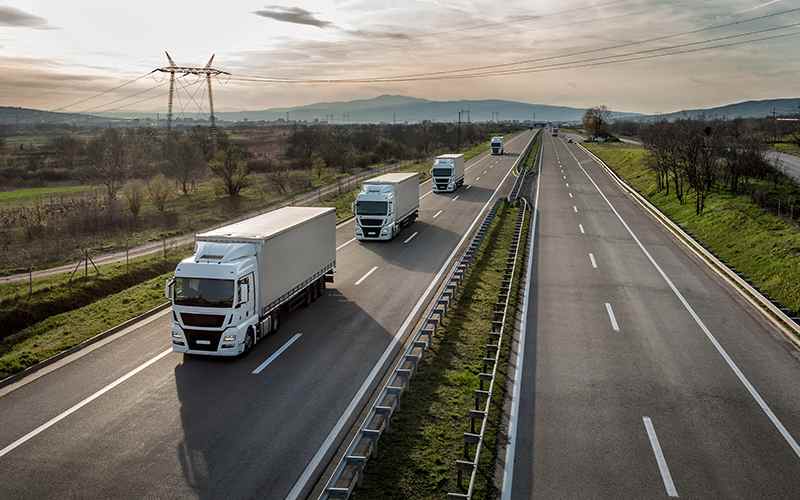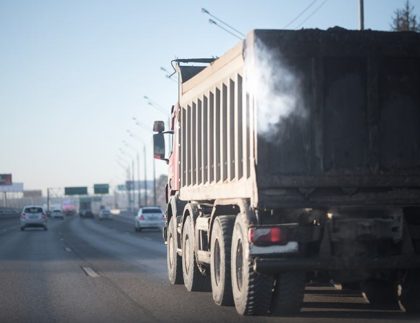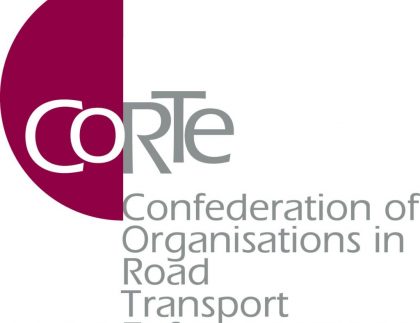

Transit plays a crucial role in logistics – it is one of the key elements in international transport supply chain. In the current era of global economy, where companies operate simultaneously in multiple markets, the right management of logistics and transit procedures should constitute a thoroughly thought out element of your company’s strategy.
In today’s article, you will learn about the types of transit and about legal provisions related to this type of transport operations. Read on!
What is transit in the context of logistics?
Transit of goods plays a very important role in the context of free commercial exchange in international transport. This term refers to moving goods from the location where they are loaded to their destination (that is the country where their unloading is planned) through a territory of a third country, which is the transit country.
In practice, this means that no customs duties or taxes are paid in the country where neither loading nor unloading operations take place – such fees are applicable in the country of destination, where the goods are unloaded. Transit includes road, sea and railway transport. It is one of key elements of supply chain, and is necessary for efficient delivery of goods to their destinations.
An example of transit may be driving through Germany as part of executing a transport order for which loading was performed in Poland and unloading – in Belgium.
It should be noted that transit of goods is regulated by various types of arrangements, conventions and agreements, which set forth the conditions, procedures and obligations in relation to moving goods in international transport – this is the Convention and Statute on Freedom of Transit and the Convention on Transit Trade of Land-locked States signed between the European Union states and eight other countries (United Kingdom, Norway, Iceland, Switzerland, Turkey, Ukraine, Serbia and North Macedonia).
Types of transit: internal and external
In accordance with the standard division, two types of transit can be distinguished: internal and external. What are their characteristics?
The external transit (T1L) is a carriage which includes changing the customs status of the goods – it is a transport of cargo originating from outside of the European Union through EU territory. This is also a transit of EU goods which must be transported to countries outside of the EU.
The internal transit (T2L) of goods is an international transport within the customs border of the European Union. The cargo status does not change in this case and the carriage itself involves simple formalities. The transport mode may be changed as part of the internal transit, however, changing the contents of the carried cargo is not allowed.
What are the procedures for different types of transit?
Let’s take a look at the most important procedures:
- TIR procedure: operates based on regulations included in the TIR Convention (from French: Transport International Routier) and is intended to limit customs duties in transit countries and reduce the number of formalities at border points. During the transit of goods as part of the TIR procedure, transshipment is not allowed and the cargo itself must be sealed. Other important obligations involve the requirement to have the transport route accepted by the customs offices of individual countries and to hold a special certificate which confirms that the specific vehicle may be allowed to enter international transport under customs seals. The carried cargo has the status of a customs shipment;
- Common Transit Procedure: this is the Convention on Common Transit, i.e. agreement concerning road, air, railway and sea transport, signed between the European Union states and the countries belonging the European Free Trade Association (EFTA). Similarly to other procedures of this type, the purpose of the agreement is to enhance the international transport and remove customs duties. The transit of goods based on the CTP is possible when the cargo is carried between at least one border of a country which is a signatory of the agreement. Security at the office of departure is required; you should also have the SAD document.
When talking about the transit of goods, one should also mention a document which is very important for the international TFL industry, namely CMR. This document determines the rights and obligations of the parties to contract of carriage, mainly the carrier and the employer. CMR confirms that the contract of carriage has been executed, serves as a proof of delivering the goods to their destination and unifies the documentation related to the performance of international road transport orders in practice.
Importance of transit in a supply chain
The transit of goods ensures, for example, fast movement of cargo from the stating point to the destination, accelerating the delivery. Planning optimal routs allows to minimize transportation costs, avoid unnecessary stops and reduce the number of empty miles. Free transit of goods also enables the companies to react quickly to changes in demand and needs of the customers.






